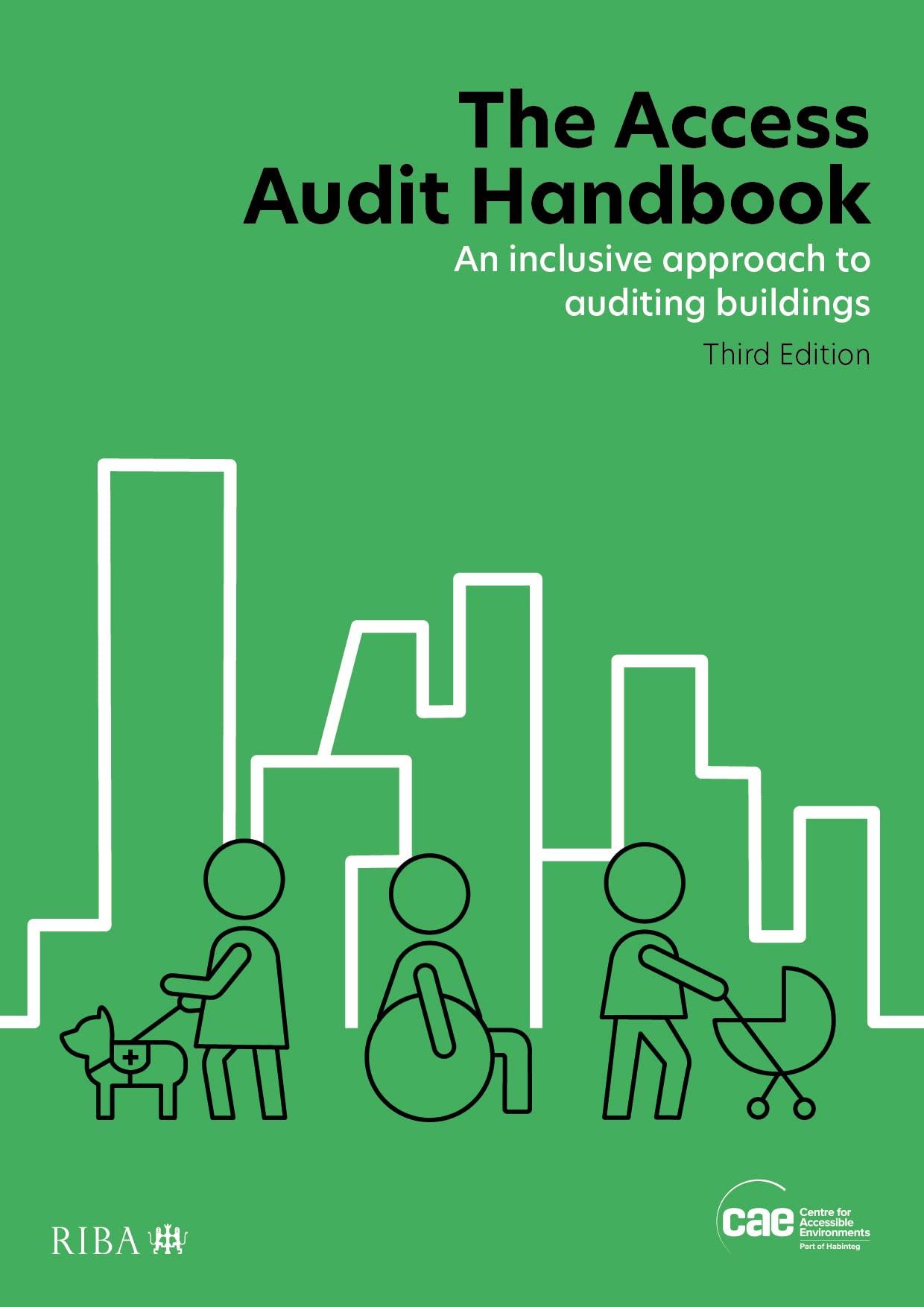Answered step by step
Verified Expert Solution
Question
1 Approved Answer
1) Using the theory from this chapter identify the pricing objextives, pricing strategy, and any pricing tactics uou belive are a part of awakes approach
1) Using the theory from this chapter identify the pricing objextives, pricing strategy, and any pricing tactics uou belive are a part of awakes approach to pricing 

Sell Value over Price Price serves many different purposes for an organization, not the least of which is getting paid. In fact, of the 4 P's it is the only one that actually stands as a cash inflow, as making products, getting them to market, and finally promoting them usually represent costs. Price has to cover those costs of each unit sold, and that is the first consideration a company makes when establishing its price: how much did it cost to produce the product? A close second consideration would come from asking how much the customer is willing to pay. In his role as chief financial officer, Dan Tzotzis, was of course deeply involved in setting the price for Awake chocolates, but he knew decision went beyond costs and demand. "Everything begins and ends with the consumer, and so we tried to adopt what their lens would be on the value proposition," he recalled. "When trying to devise a price for both Canada and the US, we had to consider what price would they be willing to pay." Just as covering costs represents the very lowest price a company could charge for a product, the price customers are willing to pay-an indicator of demand-represents the highest price point assignable to a product. But estimating what the market will bear is much more difficult than calculating costs. Fortunately for Awake, a contextual pricing reference had been set. "There was a precedent set in the market by energy drinks: to charge twice the price for half the can size. Because consumers were willing to pay a premium for functional products." With a clear nod to the trailblazing price brashness of Red Bull. Tzotsis and his team performed some supplementary market research to gain confidence that they too could charge a premium for their product. Predicting how much a customer group is willing to pay for a product, however, regardless of the premium, is difficult, especially for a new product. As this chapter makes clear, one of the only immutable laws in marketing is that, in most cases, quantity demanded decreases as price increases. This economic theory of the demand curve is fairly reliable but not all the time. "We thought very carefully about what we could set as our price, and what we ultimately landed on was suggested retail prices of $1.99 for our bars and $0.79 for our bites. So our regular-sized bars were priced the same as what traditional confectionary companies were charging for their 'king' bars. Consumers were then familiar with these price points. Their familiarity with energy drinks, and their premium price, at least gave us a precedent that consumers would also be familiar with a premium price attached to a regular-sized bar." confectionary companies were charging for their 'king' bars. Consumers were then familiar with these price points. Their familiarity with energy drinks, and their premium price, at least gave us a precedent that consumers would also be familiar with a premium price attached to a regular-sized bar." The actual price that a product would have on a store shelf was out of Awake's hands. But, as Tzotzis argued. at that price, everyone would be happy with their margins and customers would be satisfied that the steeper price was worth it due to the premium nature of the product. In the consumer packaged goods industry, the average profit margin for companies runs anywhere between 45 and 55 percent (author interview with Dan Tzotzis, January 26,2020 ), but at the time of the launch of Awake's first products, the company would have been content with a margin of 35 percent. "But if we weren't able to create perceived value at any price with our customers, then margin is a moot point. It is that they understand and appreciate the value Awake chocolate offers, at our premium pricing, that has allowed us to thrive. If they did not see that value. we'd be dead in the water." QUESTIONS 1. Using the theory from this chapter, identify the pricing objective, pricing strategy, and any pricing tactics you believe are a part of Awake's approach to pricing. 2. Have a look at comparable products, either in your campus's store or online. Create a table to show the different price points between Awake and its competitors. Why do you think there are any differences? 3. When Dan speaks about "perceived value," what is he describing: the price, the functional benefit of the product, or both? Explain 2) When Dan speaks about "perceived value" what is he describing the price, the functional benefit of the product or both explain


Step by Step Solution
There are 3 Steps involved in it
Step: 1

Get Instant Access to Expert-Tailored Solutions
See step-by-step solutions with expert insights and AI powered tools for academic success
Step: 2

Step: 3

Ace Your Homework with AI
Get the answers you need in no time with our AI-driven, step-by-step assistance
Get Started


